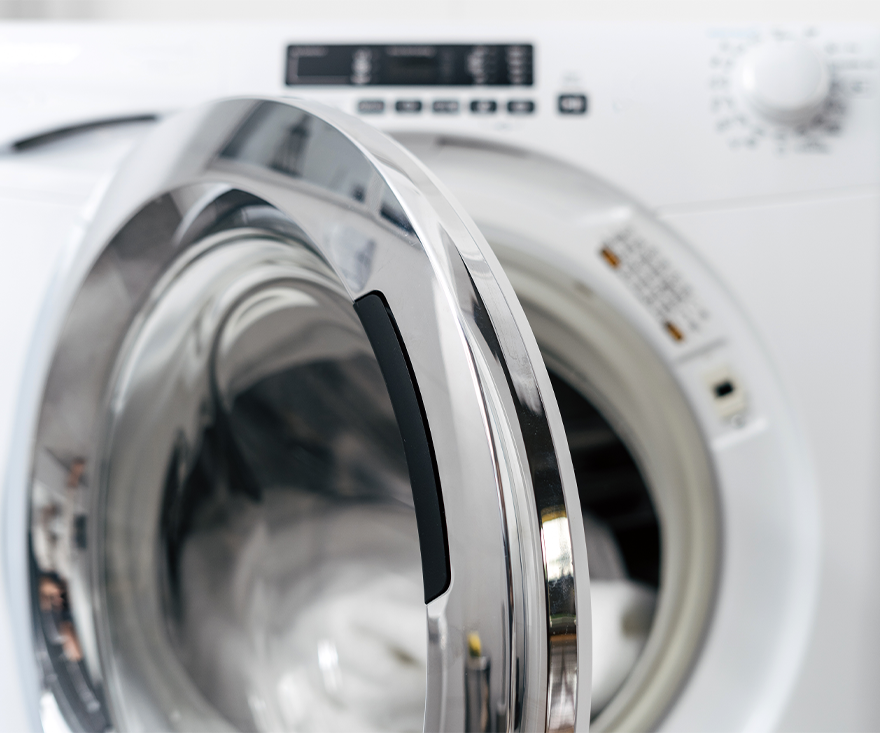Helping a primary-care practice buy a washer and dryer isn’t the first thing that comes to mind when thinking about ways to improve health outcomes in rural America. But that’s just what Arkansas BlueCross BlueShield did and it is paying off.
“Many of their patients didn't have access to washer and dryer,” explains Alicia Berkemeyer, Executive Vice President and Chief Health Management Officer for the Blues plan. “It gave hope to those children, those families. It's important to feel good about yourself to have clean clothes and to present yourself well. And when the patients would come in or the families would come in to wash and dry their clothes, those care coordinators, those nurses, or others knew those patients, and that gave them face time with those patients. So as those clothes were being washed and dried, the care coordinator would talk about their diets or their diabetes or their asthma.”
Arkansas BlueCross BlueShield is using that kind of out-of-the-box thinking to find ways of increasing access to care and reducing health disparities in the largely rural state. The insurer forged partnerships with a diverse set of stakeholders to find gaps, understand why they occur, and develop innovative solutions, Berkemeyer tells Oliver Wyman’s Rohith Banerjee in this podcast.
Show Highlights:
“COVID put a spotlight on the gaps and the challenges in rural healthcare. We knew there were health inequities, but the spotlight that COVID put in place put us into action.”
“We donated a van and partnered with community health workers to go out to those homes … to deliver vaccines to the people there, because sometimes you just don't understand the different culture or what the requirements or the understandings or expectations (are). Not everyone sees healthcare the same way.”
“We have a behavioral health crisis in our country today. I’m very hopeful that we have found a new avenue for behavioral health. If people are more comfortable with behavioral health via (telehealth), and that way can receive the treatment that is needed. It also helps with the limited resources we have around behavioral health.”
“We received a lot of pushback from many providers about doing telehealth or doing tele-visits and even ourselves, we were a little bit hesitant on it with the quality of care, how do you credential telehealth, and other things. But once we moved into it so quickly, we found the providers to be so creative. They were looking at opportunities and ways to do things. Some of the clinics, because broadband is so poor in those rural areas, would have people drive to their clinic, but keep them outside and give them an iPad. They would receive their care or treatment in the parking lot in the iPad, but yet keeping the environment a little bit safer.”
“We need to collaborate … how do we look at services? How do we support them as a whole? We don't need service units to shut down and create even worse rural challenges than we have today. We have to look outside the box at additional solutions. The tele opportunities, and also value-based care and payments, moving away from fee for service … giving that money to be used as it needs to be within that community makes a big difference.”
To learn more contact Matthew Weinstock, Senior Editor, Health and Life Sciences.


